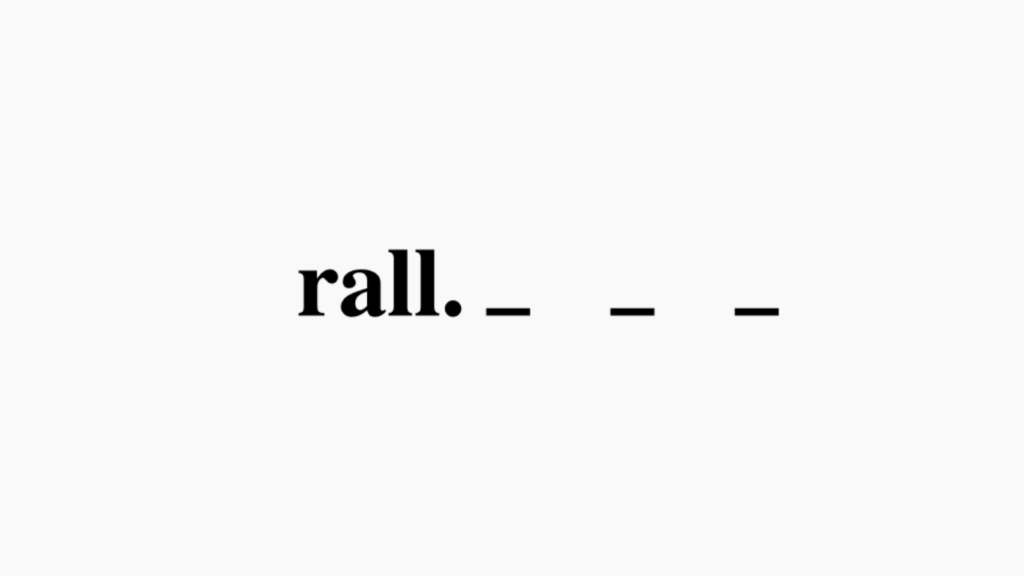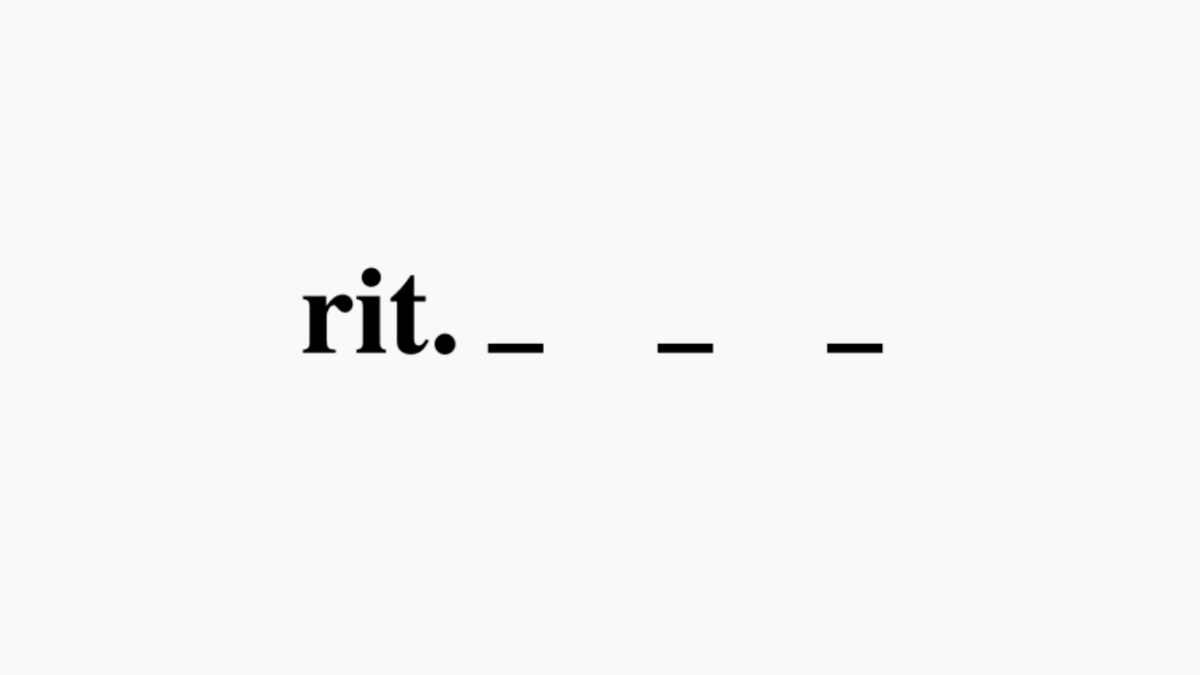When reading piano sheet music, you may come across the symbol “rit.” which stands for “ritardando”. This symbol indicates a gradual slowing down of the music’s tempo.
This article explains the meaning of “rit.” (ritardando) and its role in sheet music.
What is rit. (Ritardando)?
Ritardando (rit.) is an Italian term meaning “to slow down,” and it is a symbol used to instruct a gradual reduction in tempo.
In sheet music, it is commonly abbreviated as “rit.”
Usage Example
It is often used at the end of a piece or at the end of an important phrase, as a technique to add nuance and emotion to the music.
Recommended Article
Notation of rit. (Ritardando) in Sheet Music
In sheet music, it is typically notated as follows:
- rit.: Abbreviation (most common)
- ritard.: Slight abbreviation
- ritardando: Full form (formal notation)
Differences Between rit. and Similar Symbols

There are similar symbols to ritardando, such as:
rall. (Rallentando)
Like ritardando, it also means “to gradually slow down,” but is typically used when the tempo is reduced more significantly.
a tempo
After slowing down with ritardando or rallentando, “a tempo” is used to indicate a return to the original tempo.
These symbols are often used together in music notation.
Summary
rit. (ritardando) is an important symbol in piano performance for controlling tempo and emotional expression.
By mastering the use of rit., you can enrich your piano playing.

